WHAT DID HE ACTUALLY THINK?
Jesus in Holy Week
INTRODUCTION: STRESS & FEAR
The Gospel of Mark starts his account of Holy Week several days before, with Jesus striding ahead of his disciples along the Jordan valley on his way to Jerusalem.
They were on the road, going up to Jerusalem, and Jesus was walking ahead of them; they were amazed, and those who followed were afraid. (Mark 10.32)
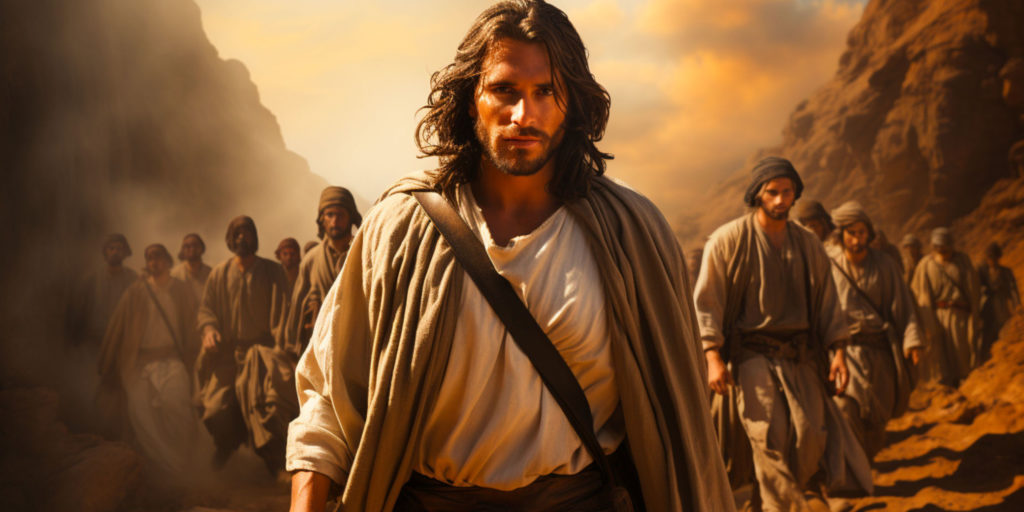
It’;s such a clear picture of stress. Just the same feeling as that which Jesus expressed when he turned on Simon Peter who rebuked him for talking about his coming death: “Get behind me, Satan!” (Mark 8.43)
And the same as the prayer he prayed in Gethsemane just before his arrest: “Abba, Father, for you all things are possible; remove this cup from me.” (Mark 14.36)
So we can be pretty sure that stress and fear were his constant companions during the last days or weeks of his life on earth.
GRIEF
Luke gives us a further insight into Yeshua’s feelings, which was overwhelming grief at the fate his people were drawing onto themselves. (From now on I will use Jesus’ Aramaic name of Yeshua rather than the Greek version Jesus we are familiar with).
Luke records an earlier lament:
“Yerushalayim, Yerushalayim!
You kill the prophets!
You stone the ones sent to you!
How often I’ve wanted to gather your children, as a hen gathers her chicks,
and you would not.” (Luke 13.34, Matthew 23.37, Jesus the Troublemaker p. 38)
Describing Yeshua’s entry into Jerusalem, Luke says, As he came near and saw the city, he wept over it, saying, ‘If you, even you, had only recognised on this day the things that make for peace! But now they are hidden from your eyes… (Luke 19,41-44)
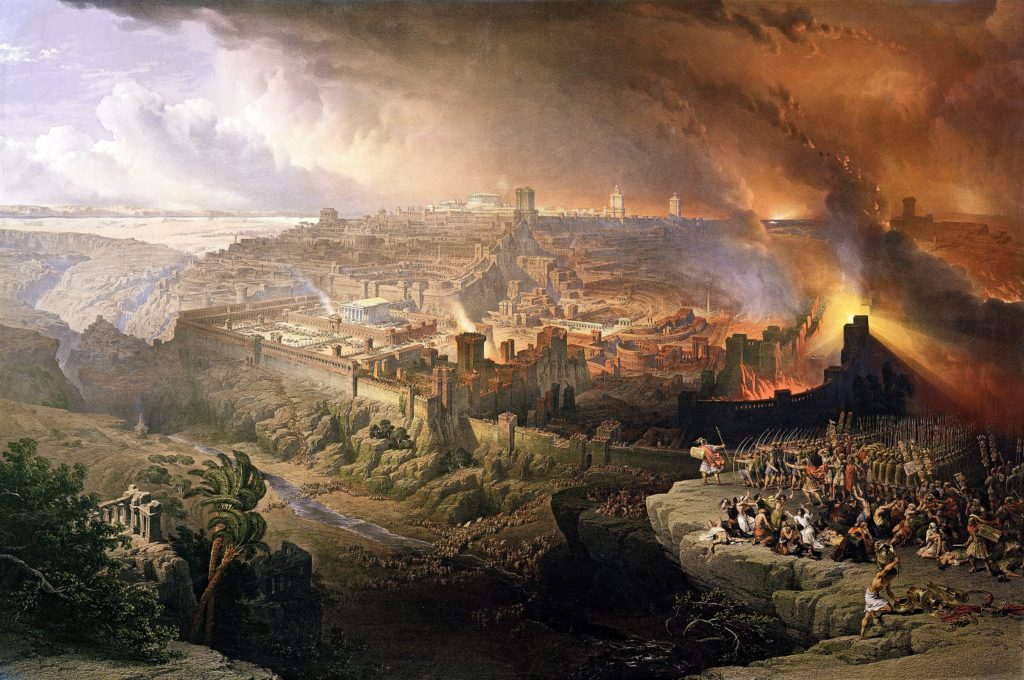
Finally, on his way to execution, Luke records Yeshua’s words to the grieving women who were lamenting his approaching death: “Daughters of Jerusalem, do not weep for me, but weep for yourselves and for your children. For the days are surely coming when they will say, ‘Blessed are the barren, and the wombs that never bore, and the breasts that never nursed.’ For if they do this when the wood is green, what will happen when it is dry?” (Luke 23.28-31)
So, like stress and fear, grief over his people were Yeshua’s constant companions
FOREBODING
I once knew someone who was burdened with foreseeing the future. And it is a burden. Like the prophets of centuries before, Yeshua foresaw the coming disaster. As he came out of the temple, one of his disciples said to him, “Look, Teacher, what large stones and what large buildings!’”Then Jesus asked him, “Do you see these great buildings? Not one stone will be left here upon another; all will be thrown down.” (Mark 13.1-2) In Mark 13 Yeshua warned his friends of the following calamities: false Messiahs, wars, earthquakes, famines, persecutions, family divisions and the desecration of Jerusalem.
What terrible knowledge to be burdened with!
PROPHECY
And yet Yeshua saw beyond the great tribulation into the deeper purposes of God: “Then they will see “the Son of Man coming in clouds” with great power and glory.” (Mark 13.26). Or, as he said openly to the high priest when on trial for his life:
“you will see the Son of Man
seated at the right hand of the Power”,
and “coming with the clouds of heaven.” ’ (Mark 14.62)
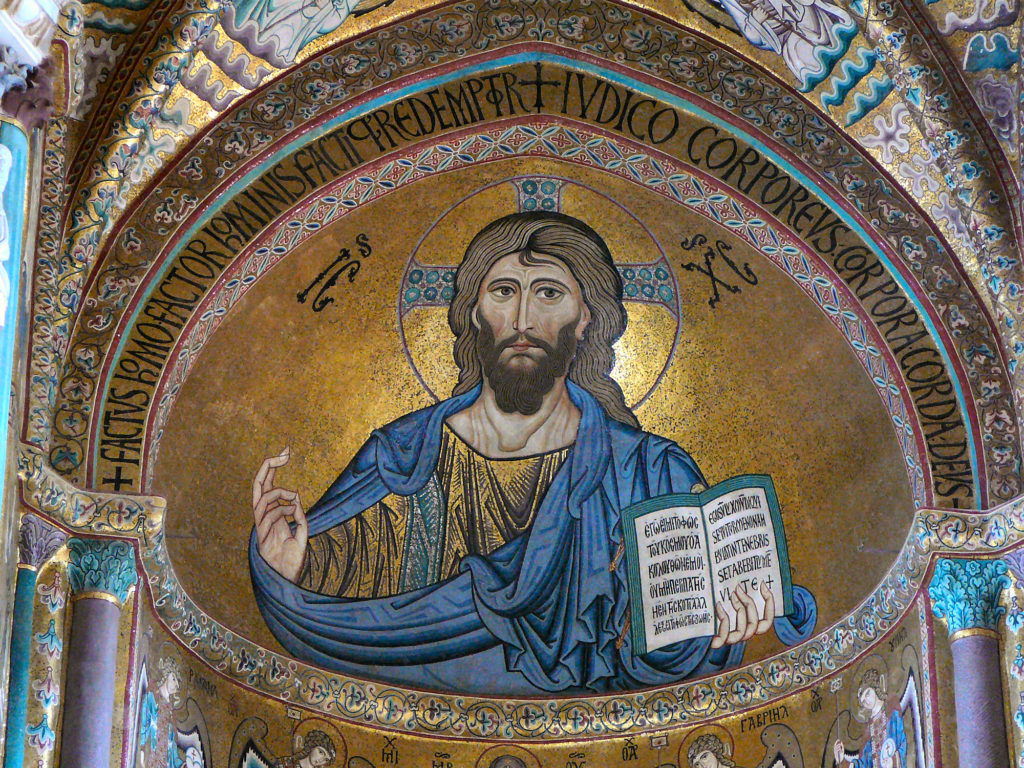
Yeshua had the clear and firm faith that human evil could not in the last analysis defeat the will of his Father.
RESOLVE
Despite his stress, fear, grief and foreboding, Yeshua stuck firmly to following God’s path for him. Whereas his enemies kept changing their minds.
Caiaphas said, “It is better for you to have one man die for the people than to have the whole nation destroyed.” (John 11.50)
The chief priests and the scribes were looking for a way to arrest Jesus by stealth and kill him; for they said, ‘Not during the festival, or there may be a riot among the people.”’ (Mark 14.2) Then when Judas appeared, they were greatly pleased, and promised to give (Judas) money. So he began to look for an opportunity to betray him. (Mark 14 11)
On the other hand, Yeshua steadfastly kept walking into the trap. (But who was trapping whom?)
He rode publicly into Jerusalem at the head of a cheering crowd, where only weeks beforehand he had had to take refuge in the town of Ephraim -John 11.54. Yeshua carefully planned and carried out the occupation of the Outer Court of the temple; see Mark 11.11, 15-16. He showed no deference to the temple authorities in his confrontations with them. He put himself in danger by eating the Passover inside Jerusalem, and did nothing to stop his betrayal by Judas. Finally, he deliberately waited for Judas to return to their normal meeting place in the garden of Gethsemane, (John 18.2), knowing it would result in his arrest. While there he prayed, “Abba, Father, for you all things are possible; remove this cup from me; yet, not what I want, but what you want.” (Mark 14.36)
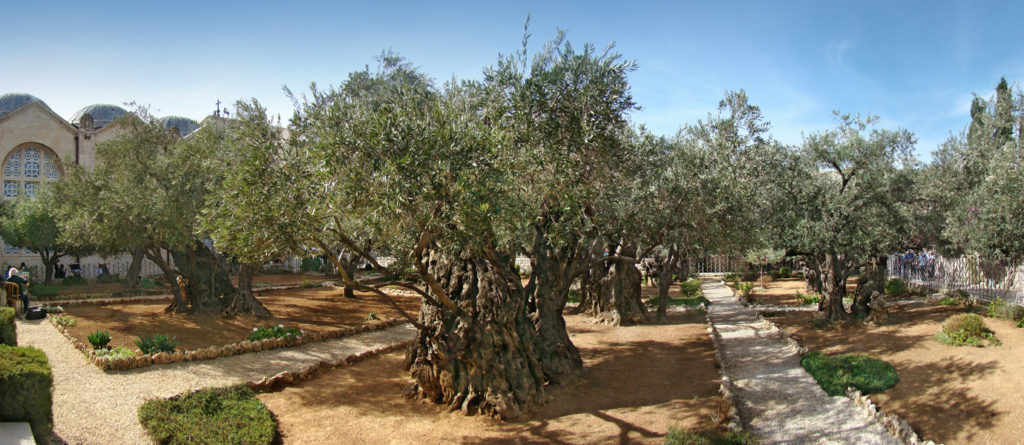
What was he doing? It seems that he was engineering the confrontation, a final appeal to Israel through its leaders to turn away from the ways of the world and submit to what God’s will as revealed by the Spirit.
There is a parallel with the ancient Greek philosopher Socrates. After a change of regime, Socrates was put on trial on the charge of impiety. The norm was that the prosecution and defence would put forward differing punishments, for example the prosecution could demand death and the defence suggest exile. Socrates asked for free meals for life, or a small fine of about £250.. The Athenians had no choice but to either reject or embrace his dedication to the way of wisdom. They chose to reject it.
WHAT DID YESHUA THINK HE WAS DOING?
There are statements by Yeshua which are repeated every week in millions of churches all over the world. At the start of his last meal with his disciples, probably a Passover supper, he said, “Eat, this is my body.” What did he mean? It could only be taken to forewarn his disciples of his approaching death. At the end of the meal he took a cup of wine and spoke different words. According to the earliest witnesses he said, “This cup is the new covenant in my blood,” (Paul, 1 Corinthians 11.25); “This cup that is poured out for you is the new covenant in my blood” (Luke 22.20); “This is my blood of the covenant, which is poured out for many.”
Only Matthew adds the phrase “for the forgiveness of sins” (Matthew 26.28). This is now repeated at all holy communion services. I am convinced that Matthew is the latest and least reliable of the gospels, but it is his addition that has been the basis of the Church’s theology. If we want to get back to what was actually in Yeshua’s mind we need to go back to the earlier formulations.
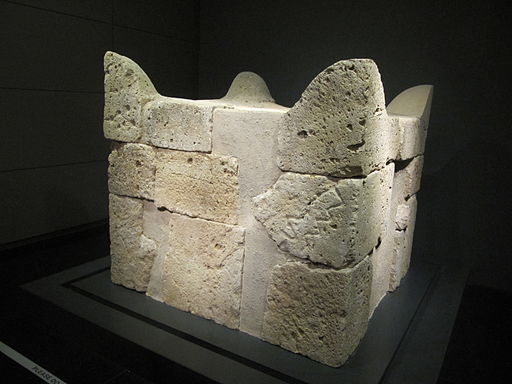
First, the reference is clearly to sacrifice. It was said at the end of the day when the temple was awash with the blood of thousands of lambs. The puzzle is that the temple did not have covenant sacrifices. There were whole burnt offerings of praise and worship; communion sacrifices where the worshippers shared table fellowship with each other and with God; and sin-offerings aimed at putting the relationship right between the worshipper and God when the former had unintentionally broken the ritual law. The only place where the Bible talks of a covenant sacrifice is in Exodus 24. Moses has just come down from the mountain and sacrificed several oxen.
Moses took half of the blood and put it in basins, and half of the blood he dashed against the altar. Then he took the book of the covenant, and read it in the hearing of the people; and they said, ‘All that the Lord has spoken we will do, and we will be obedient.’ Moses took the blood and dashed it on the people, and said, ‘See the blood of the covenant that the Lord has made with you in accordance with all these words.’ (Exodus 24.6-8)
So the blood of the sacrifice is what created a new covenant people of God. Could this have been Yeshua’s intention in walking steadfastly to the cross? That his death was a sacrifice which would create a new covenant people, one which shortly after his death would include Gentiles around the Mediterranean and ultimately the whole world?
So when we go up to communion on Sundays and receive bread and wine, we are enacting again Yeshua’s welcome of us into the family of God. That is good news!
A FURTHER QUESTION
I find that Mark gives a clear and consistent picture of Yeshua’s last days. But John seems to give an utterly different account. So where does the gospel of John fit in? That will be the subject of my next blog.
Notes on the images:
- Jesus and the twelve disciples, from ‘History Skills’
- The Roman capture of Jerusalem in AD 70. Painting by David Roberts, 1847
- Christ the Pantocrator, Ruler of All, from cathedraL of Cefalu, Sicily. From Wikipedia.
- The Garden of Gethsemane, from Wikipedia
- Ancient Israelite altar, from the Israel Museum, from Wikimedia Commons
